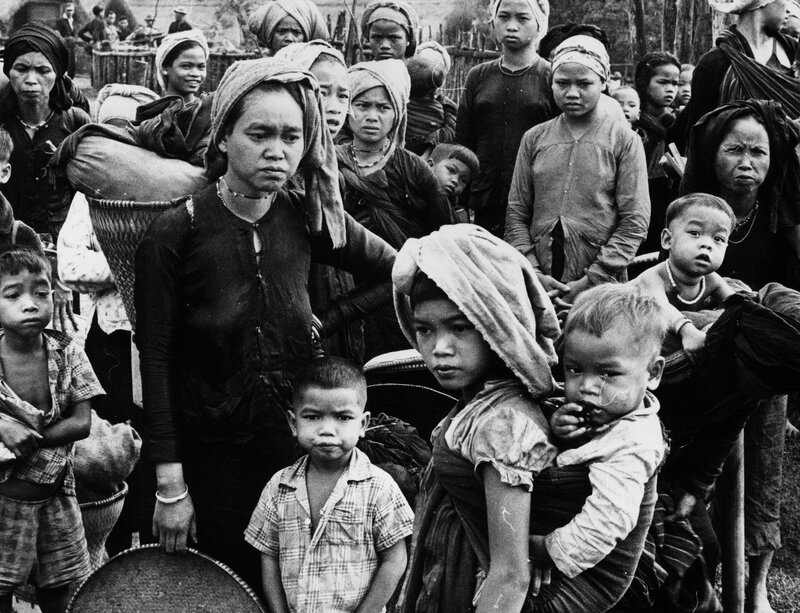Pacification in the Vietnam War
By Braheem Baylor, Jr.
According to the New York Times, “by the time of the cease-fire in Vietnam in 1973, more than 10 million South Vietnamese, mostly from rural areas - well over half of the estimated total population of 17 million - had been driven from their homes by the war.” Pacification is “the act of forcibly suppressing or eliminating a population considered hostile”. South Vietnamese responded to the National Liberation Front’s insurgency by implementing a “pacification” program that the United States aided. Following the Gulf of Tonkin incident in which Democratic Republic of Vietnam (DRV) patrol boats reportedly fired on two U.S. destroyers stationed in the Gulf of Tonkin in Vietnam President Lyndon B. Johnson requested permission from the U.S. Congress to provide an increased military presence in Indochina. It was on August 7, 1965, that the United States Congress issued the Gulf of Tonkin Resolution that granted President Lyndon Johnson complete authority to do whatever he felt necessary to retaliate and promote international peace and security. The Strategic Hamlet Program was a program that involved the South Vietnamese government alongside the United States to “isolate rural residents from Communist influence” while aiming “to resettle villagers in protected hamlets,” where the government sought to implement social reforms free from Viet Cong (VC) interference.” In 1967, Johnson created the Civil Operations and Revolutionary Development (CORDS) to win Vietnamese support for the Republic of Vietnam’s (RVN) government in Saigon. The United States fought two wars in Vietnam, one involved conventional fighting, and the second constituted a struggle among the people to win their “hearts and minds.” The strategy of pacification sought to clear the VC from contested villages in an attempt to control these areas. It employed bombing, shelling, and mortar barrages to assault contested hamlets and villages. Once it established control, the RVN set up militia and self-defense forces and worked to build schools and clinics while implementing a process of economic development designed to win “hearts and minds.” The Central Intelligence Agency (CIA) supported the effort by creating the Phoenix Program which used “military and CIA intelligence” and identify “Viet Cong operatives to target for arrest, defection, or assassination.” The controversial program brought out accusations of torture, murders, and assassinations which American officials denied.


